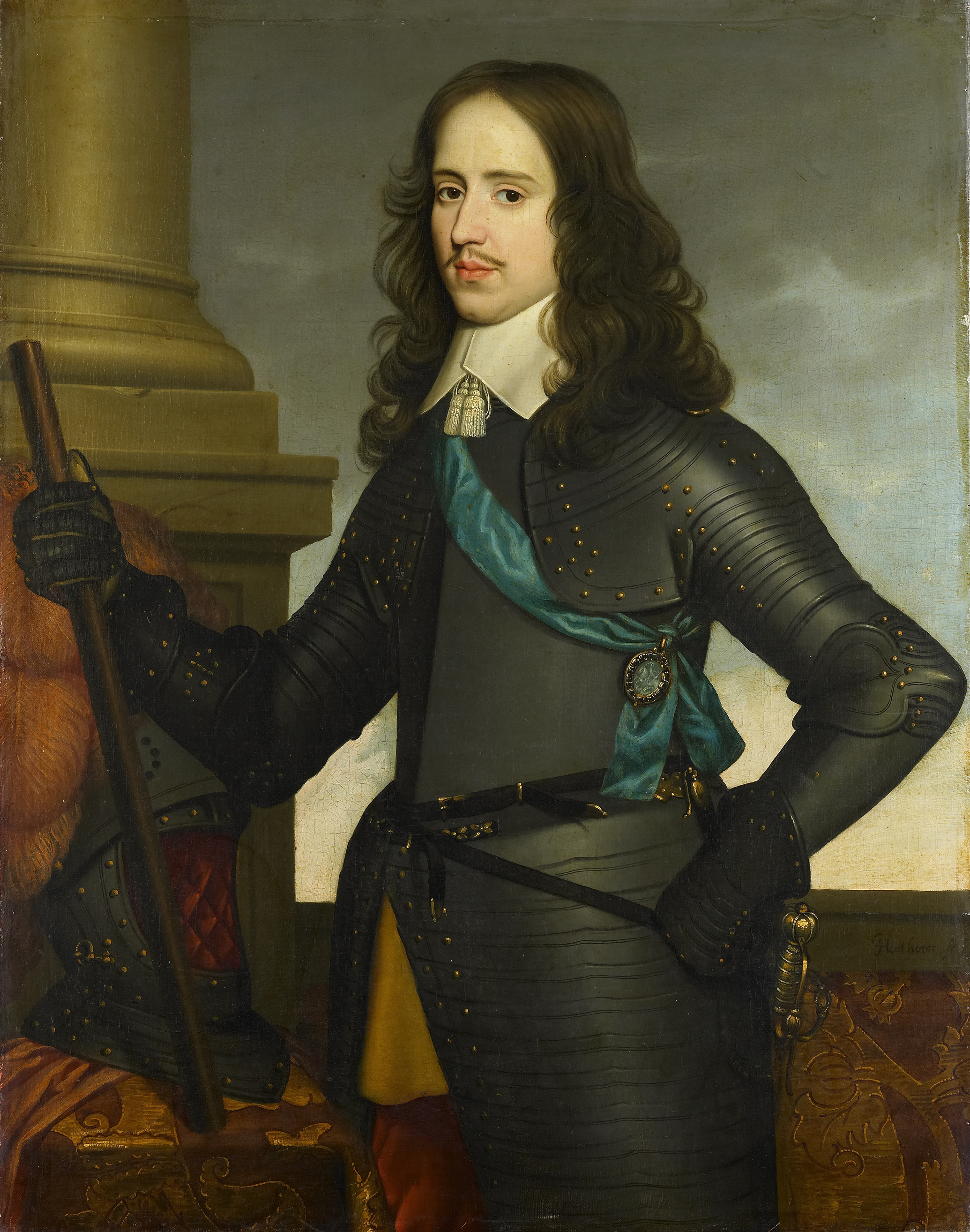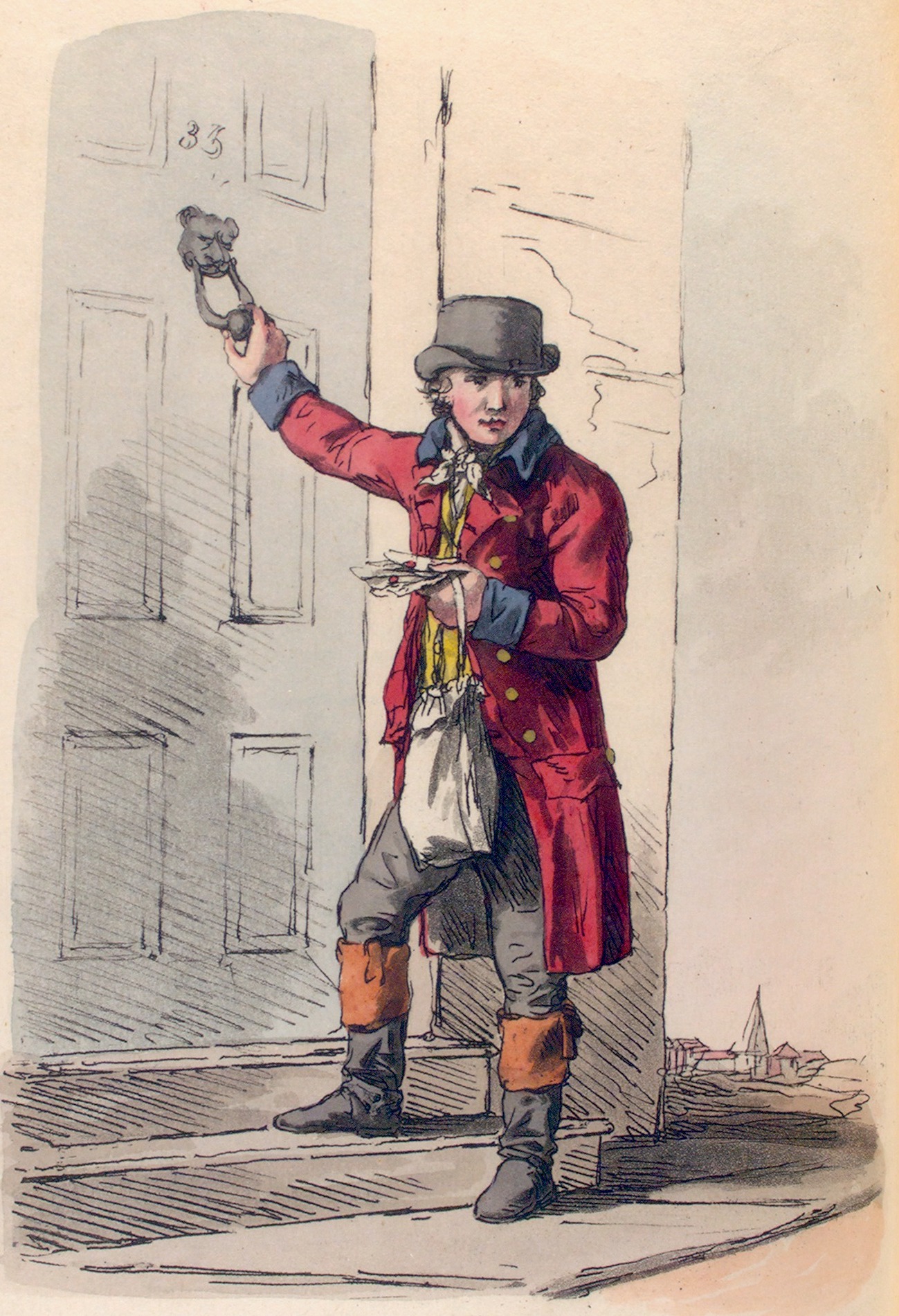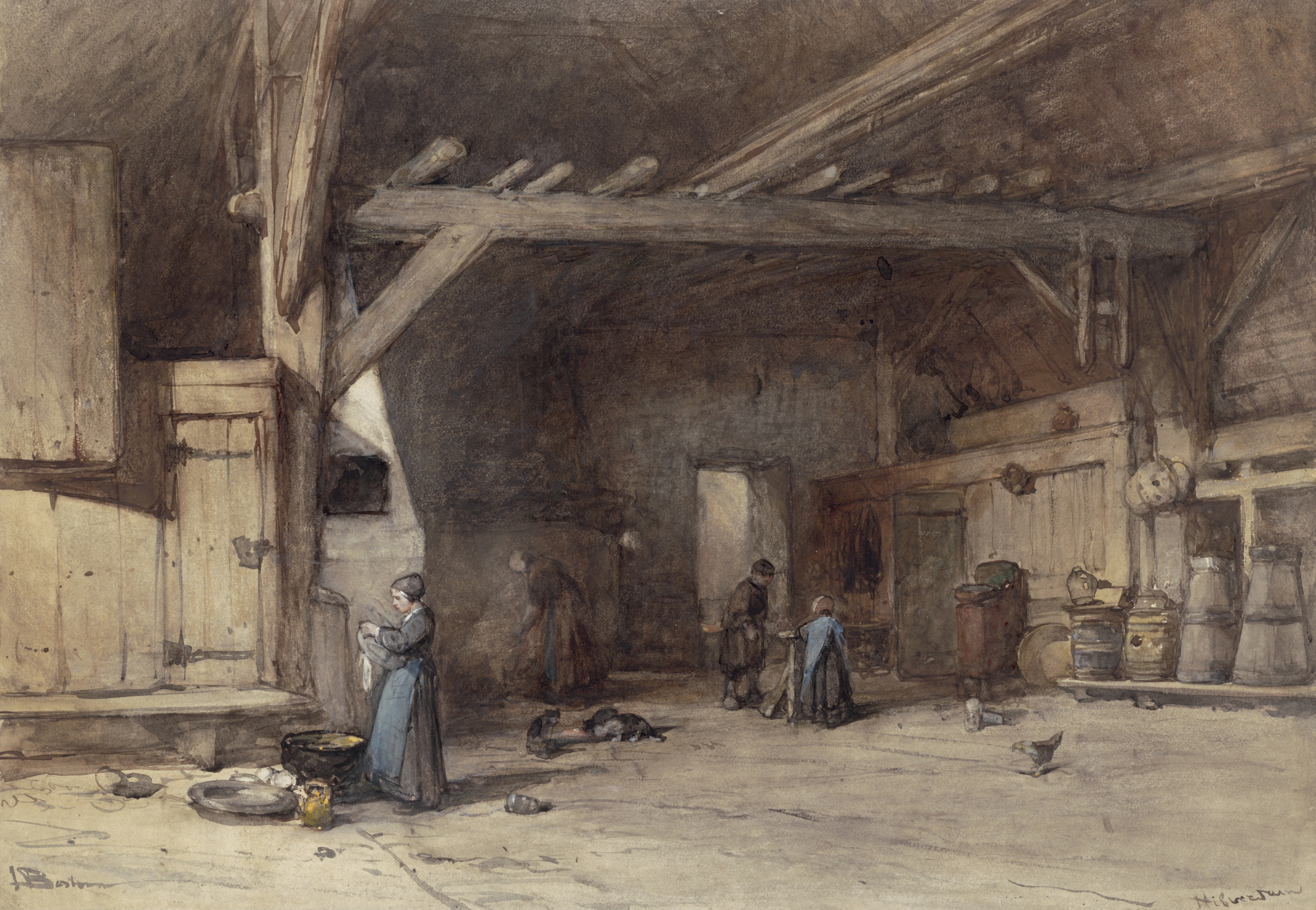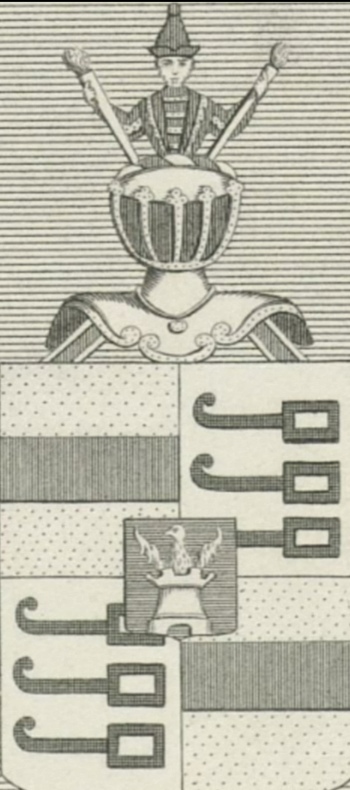|
Attack On Amsterdam (1650)
The Attack on Amsterdam in July 1650 was part of a planned coup d'état by stadtholder William II, Prince of Orange to break the power of the regenten in the Dutch Republic, especially the County of Holland. The coup failed, because the army of the Frisian stadtholder William Frederick, Prince of Nassau-Dietz got lost on the way to Amsterdam in the rainy night of 29 to 30 July. It was discovered, and once the city had been warned, it had enough time to prepare for an attack. The attempted coup made the House of Orange extremely unpopular for a lengthy period of time, and was one of the main reasons for the origins of the First Stadtholderless Period (1650–1672). Background The cause of the conflict lay in a dispute on ending the Eighty Year's War. The provinces of Lordship of Utrecht, Utrecht and County of Zeeland, Zeeland and stadtholder William II wanted to continue the war: Utrecht for more favourable peace terms, Zeeland to keep blocking the County of Flanders, Flemish po ... [...More Info...] [...Related Items...] OR: [Wikipedia] [Google] [Baidu] |
Het Halthouden Van Karel II Bij De Buitenplaats Wema Aan De Rotte Tijdens Zijn Tocht Van Rotterdam Naar Den Haag, 25 Mei 1660 ; Of (minder Waarschijnlijk) Het Halthouden Van De Oprukkende Rijksmuseum SK-C-1223
Het or HET may refer to: Science and technology * Hall-effect thruster, a type of ion thruster used for spacecraft propulsion * Heavy Equipment Transporter, a vehicle in the US Army's Heavy Equipment Transport System * Hobby–Eberly Telescope, an instrument at the University of Texas McDonald Observatory * Human enhancement Technologies, devices for enhancing the abilities of human beings * Heterozygote, a diploid organism with differing alleles at a genetic locus; see zygosity * Hexaethyl tetraphosphate, in chemistry * HET acid, alternate term for Chlorendic acid Other uses * Hét, a village in Hungary * Het peoples, or their language * Heterosexuality, sexual attraction to the opposite sex * ''HighEnd Teen'' (2008–2017), a former Indonesian magazine * Historical Enquiries Team (2005–2014), a former unit of the Police Service of Northern Ireland * Holocaust Educational Trust, a British charity * HET, IATA code for Hohhot Baita International Airport, in Inner Mongolia, China ... [...More Info...] [...Related Items...] OR: [Wikipedia] [Google] [Baidu] |
Peace Of Münster
The Peace of Münster was a treaty between the Lords States General of the Seven United Netherlands and the Spanish Crown, the terms of which were agreed on 30 January 1648. The treaty, parallelly negotiated to but not part of the Peace of Westphalia, is a key event in Dutch history, marking the formal recognition of the independent Dutch Republic and the end of the Thirty Years' War and the Eighty Years' War. Background Negotiations Negotiations between began in 1641 in the towns of Münster and Osnabrück, in present-day Germany. With the initiation of Spanish-Dutch peace talks, Dutch trade with the Levant and the Iberian Peninsula began to flourish. Dutch merchants, benefiting from both the availability of relatively cheap shipping and the cessation of hostilities, soon dominated the markets that had been previously dominated by English traders. Dutch merchants would also benefit from the foreign upheavals of the English Civil War and gain on English trade in the ... [...More Info...] [...Related Items...] OR: [Wikipedia] [Google] [Baidu] |
Hamburg
Hamburg (, ; nds, label=Hamburg German, Low Saxon, Hamborg ), officially the Free and Hanseatic City of Hamburg (german: Freie und Hansestadt Hamburg; nds, label=Low Saxon, Friee un Hansestadt Hamborg),. is the List of cities in Germany by population, second-largest city in Germany after Berlin, as well as the overall List of cities in the European Union by population within city limits, 7th largest city and largest non-capital city in the European Union with a population of over 1.85 million. Hamburg's urban area has a population of around 2.5 million and is part of the Hamburg Metropolitan Region, which has a population of over 5.1 million people in total. The city lies on the River Elbe and two of its tributaries, the River Alster and the Bille (Elbe), River Bille. One of Germany's 16 States of Germany, federated states, Hamburg is surrounded by Schleswig-Holstein to the north and Lower Saxony to the south. The official name reflects History of Hamburg, Hamburg's history ... [...More Info...] [...Related Items...] OR: [Wikipedia] [Google] [Baidu] |
Postman
A mail carrier, mailman, mailwoman, postal carrier, postman, postwoman, or letter carrier (in American English), sometimes colloquially known as a postie (in Australia, Canada, New Zealand, and the United Kingdom), is an employee of a post office or postal service, who delivers mail and parcel post to residences and businesses. The term "mail carrier" came to be used as a gender-neutral substitute for "mailman" soon after women began performing the job. In the Royal Mail, the official name changed from "letter carrier" to "postman" in 1883, and "postwoman" has also been used for many years. United States In the United States, there are three types of mail carriers: City Letter Carriers, who are represented by the National Association of Letter Carriers; Rural Carriers, who are represented by the National Rural Letter Carriers' Association; and Highway Contract Route carriers, who are independent contractors. While union membership is voluntary, city carriers are organized ... [...More Info...] [...Related Items...] OR: [Wikipedia] [Google] [Baidu] |
Hilversum
Hilversum () is a city and municipality in the province of North Holland, Netherlands. Located in the heart of the Gooi, it is the largest urban centre in that area. It is surrounded by heathland, woods, meadows, lakes, and smaller towns. Hilversum is part of the Randstad, one of the largest conurbations in Europe, and the Amsterdam metropolitan area; it is about 22 km from the centre of Amsterdam and about 15 km from the city of Utrecht. The city is home to the headquarters, studios, and broadcast stations of several major radio, television, and newspaper companies, such as the NOS. This means that Hilversum is known for being the ''mediastad'' (media city) of the Netherlands. Town Hilversum lies south-east of Amsterdam and north of Utrecht. The town is known for its architecturally important Town Hall (Raadhuis Hilversum), designed by Willem Marinus Dudok and built in 1931. Hilversum has one public library, two swimming pools (Van Hellemond Sport and De Lieberg ... [...More Info...] [...Related Items...] OR: [Wikipedia] [Google] [Baidu] |
Heath
A heath () is a shrubland habitat found mainly on free-draining infertile, acidic soils and characterised by open, low-growing woody vegetation. Moorland is generally related to high-ground heaths with—especially in Great Britain—a cooler and damper climate. Heaths are widespread worldwide but are fast disappearing and considered a rare habitat in Europe. They form extensive and highly diverse communities across Australia in humid and sub-humid areas where fire regimes with recurring burning are required for the maintenance of the heathlands.Specht, R.L. 'Heathlands' in 'Australian Vegetation' R.H. Groves ed. Cambridge University Press 1988 Even more diverse though less widespread heath communities occur in Southern Africa. Extensive heath communities can also be found in the Texas chaparral, New Caledonia, central Chile, and along the shores of the Mediterranean Sea. In addition to these extensive heath areas, the vegetation type is also found in scattered locations ac ... [...More Info...] [...Related Items...] OR: [Wikipedia] [Google] [Baidu] |
Veluwe
The Veluwe () is a forest-rich ridge of hills (1100 km2) in the province of Gelderland in the Netherlands. The Veluwe features many different landscapes, including woodland, heath, some small lakes and Europe's largest sand drifts. The Veluwe is the largest push moraine complex in the Netherlands, stretching 60 km from north to south, and reaching heights of up to 110 metres. The Veluwe was formed by the Saalian glacial during the Pleistocene epoch, some 200,000 years ago. Glaciers some 200 metres thick pushed the sand deposits in the Rhine and Maas Delta sideways, creating the hills which now form most of the Veluwe. Because the hills are made of sand, rain water disappears rapidly, and then it flows at a depth of tens of metres to the edges where it reaches the surface again. Originally the Veluwe was surrounded by a string of swamps, heavily populated with game such as deer and wild boar because these areas offered rich vegetation to feed on. Since the 1990s many ... [...More Info...] [...Related Items...] OR: [Wikipedia] [Google] [Baidu] |
Andries Bicker
Andries Bicker, ''lord of Engelenburg'' (Amsterdam, 1586 – 24 June 1652) was a powerful Amsterdam regent and Dutch politician during the Dutch Golden Age. He was the leader of the Bickerse league and controlled the city's politics in close cooperation with his uncle Jacob Dircksz de Graeff and his brother Cornelis Bicker. The Bicker- De Graeff clan belonged to the Dutch States Party and were in opposition to the House of Orange. Biography Bicker family The Bicker family was one of the oldest patrician families of Amsterdam and belonged to the leading regent-oligarchy – consisting of Andries' father Gerrit Bicker, a wealthy patrician, politician, grain merchant and beer brewer, and his three brothers, Jacob, Jan and Cornelis Bicker had a firm grip on world trade, trading on the East, the West, the North and the Mediterranean. Andries' uncle Laurens Bicker was one of the first to trade on Guinea and seized four Portuguese ships in 1604. Andries Bicker was marrie ... [...More Info...] [...Related Items...] OR: [Wikipedia] [Google] [Baidu] |
Cornelis Bicker
Cornelis Bicker van Swieten (25 October 1592 – 15 September 1654), heer (lord) Van Swieten and of Kasteel Swieten, was an Amsterdam regent of the Dutch Republic during the Golden Age and a governor of the Dutch West India Company. He was also a sugar merchant, hoogheemraad of the Hoogheemraadschap van Rijnland and a counsellor of the States of Holland and West Friesland for Amsterdam at The Hague. He belonged to the Dutch States Party and was in opposition to the House of Orange. Life Family Born in Amsterdam, Cornelis Bicker was a member of that city's Bicker family - along with their allies the De Graeff family, they controlled Amsterdam's city government and the province of Holland for half a century. Both families were powerful and influential between the earlier 17th century and the Rampjaar 1672 during the height of the Republic's power. Cornelis Bicker was the son of Gerrit Bicker, mayor of Amsterdam in 1603, and Aleyd Andriesdr Boelens. His brothers were Andries, ... [...More Info...] [...Related Items...] OR: [Wikipedia] [Google] [Baidu] |
States General Of The Netherlands
The States General of the Netherlands ( nl, Staten-Generaal ) is the supreme bicameral legislature of the Netherlands consisting of the Senate () and the House of Representatives (). Both chambers meet at the Binnenhof in The Hague. The States General originated in the 15th century as an assembly of all the provincial states of the Burgundian Netherlands. In 1579, during the Dutch Revolt, the States General split as the northern provinces openly rebelled against Philip II, and the northern States General replaced Philip II as the supreme authority of the Dutch Republic in 1581. The States General were replaced by the National Assembly after the Batavian Revolution of 1795, only to be restored in 1814, when the country had regained its sovereignty. The States General was divided into a Senate and a House of Representatives in 1815, with the establishment of the United Kingdom of the Netherlands. After the constitutional amendment of 1848, members of the House of Representative ... [...More Info...] [...Related Items...] OR: [Wikipedia] [Google] [Baidu] |
Planets In Astrology
In astrology, planets have a meaning different from the astronomical understanding of definition of planet, what a planet is. Before the scientific revolution, age of telescopes, the night sky was thought to consist of two very similar components: fixed stars, which remained motionless in relation to each other, and moving objects/"Classical planet, wandering stars" ( grc, ἀστέρες πλανῆται, asteres planetai), which moved relative to the fixed stars over the course of the year(s). To the Ancient Greeks who learned from the Babylonians - the earliest astronomers/astrologers - this group consisted of the five planets visible to the naked eye and excluded Earth, plus the Sun and Moon. Although the Greek term ''planet'' applied mostly to the five 'wandering stars', the Ancients included the Sun and Moon as the ''Sacred 7 Luminaires/7 Heavens'' (sometimes referred to as "Lights",) making a total of 7 planets. The ancient Babylonians, Greeks, Persians, Romans and others ... [...More Info...] [...Related Items...] OR: [Wikipedia] [Google] [Baidu] |
Astrology
Astrology is a range of divinatory practices, recognized as pseudoscientific since the 18th century, that claim to discern information about human affairs and terrestrial events by studying the apparent positions of celestial objects. Different cultures have employed forms of astrology since at least the 2nd millennium BCE, these practices having originated in calendrical systems used to predict seasonal shifts and to interpret celestial cycles as signs of divine communications. Most, if not all, cultures have attached importance to what they observed in the sky, and some—such as the Hindus, Chinese, and the Maya—developed elaborate systems for predicting terrestrial events from celestial observations. Western astrology, one of the oldest astrological systems still in use, can trace its roots to 19th–17th century BCE Mesopotamia, from where it spread to Ancient Greece, Rome, the Islamic world, and eventually Central and Western Europe. Contemporary Western as ... [...More Info...] [...Related Items...] OR: [Wikipedia] [Google] [Baidu] |

.jpg)



.jpeg/1200px-Amrum_(187753235).jpeg)
%2C_Heerde%2C_Renderklippen.jpg)



